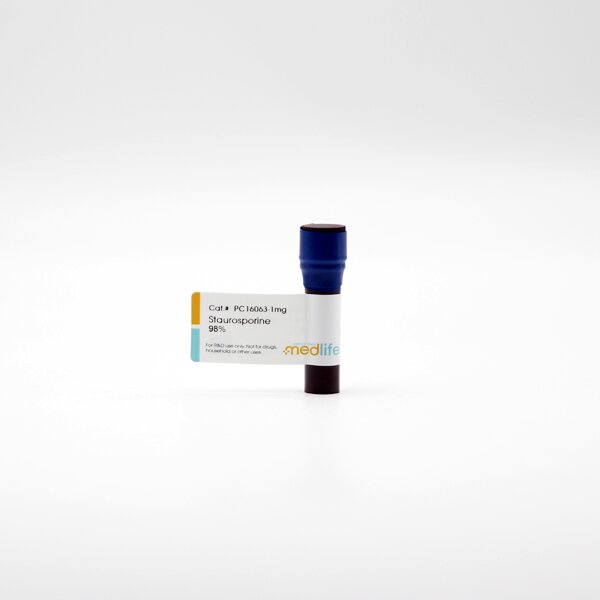| 英文别名 |
Staurosporine;STSP;ANTIBIOTIC M 193;ANTIBIOTIC AM-2282;[9S-(9A,10B,11B,13A)]-2,3,10,11,12,13-HEXAHYDRO-10-METHOXY-9-METHYL-11-(METHYLAMINO)-9,13-EPOXY-1H,9H-DIINDOLO[1,2,3-GH:3',2',1'-1M]PYRROLO[3,4-J][1,7]BENZODIAZONIN-1-ONE;2,3,10,11,12,13-HEXAHYDRO-10R-METHOXY-9S-METHYL-11R-METHYLAMINO-9S,13R-EPOXY-1H,9H-DIINDOLO[1,2,3-GH:3',2',1'-LM]PYRROLO[3,4-J][1,7]BENZODIAZONIN-1 ONE;STAUROSPORINE FROM STREPTOMYCES SP.;STAUROSPORINE READY-MADE SOLUTION;STAUROSPORINE FROM STREPTOMYCES SP., PGE WITH 250 UG;Staurosporine from Streptomyces sp;Staurosporin;staurosporine (Antibiotic AM-2282,Stsp);AM-2282;Antibiotic 230;Stauroporine;staurosphorine;STS;protein kinase c inhibitor;Staurosporine, 98%;Kinome_3629
|



 扫码关注公众号
扫码关注公众号